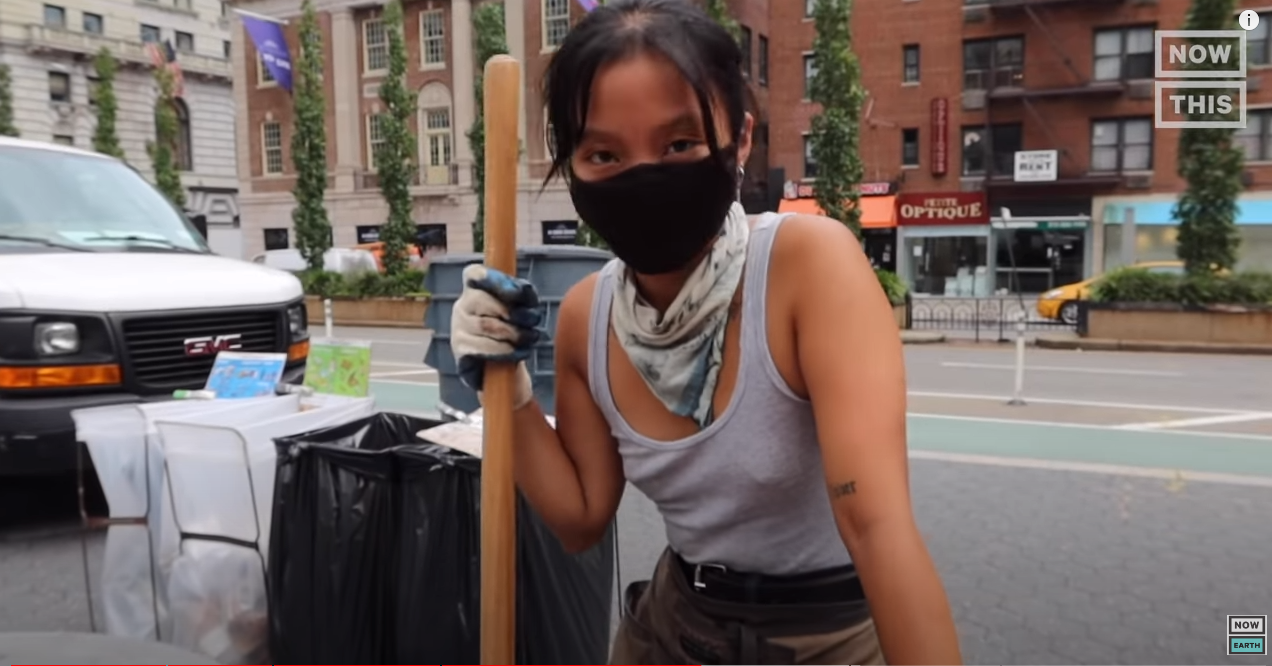This video, presented by Lucy Biggers in her series “One Small Step”, takes a critical look at the use and impact of compostable plastics. Initially, Biggers assumed compostable plastics were environmentally friendly alternatives to traditional plastic. However, her local farmers market did not accept compostable plastics, sparking her curiosity to delve deeper.
Biggers consulted researchers who revealed some harsh truths. For instance, materials labeled as compostable could potentially be toxic, as in the case of compostable bowls from certain restaurants found to contain PFA chemicals linked to cancer.
Additionally, she found out that the label “compostable” does not equate to “sustainable”. A study by the Oregon Department of Environmental Quality showed that 76% of the time, compostable food serviceware had a higher environmental impact than non-compostable alternatives.
She also found that compostable plastics might even confuse users due to their similarity with regular non-compostable items, leading to contamination of compost. Composting sites are also hesitant to accept compostable plastics as they might hinder the process of promoting or selling the finished compost as organic.

Biggers also learned that not all compostable plastics are created equal and that their impacts depend on the environmental variables considered. Bio-plastics, made from plants, emit less greenhouse gases than oil-based plastics but require more land, fertilizer, and pesticides, leading to other types of environmental issues.
As for composting these materials, not all composting sites are equipped to process all types of compostable plastics. Hard compostable plastics, for example, are generally suitable only for industrial composting, yet most Americans don’t have access to such facilities.
Finally, Biggers concluded that while compostable plastics might seem like a solution to the problem of ocean plastic pollution, they do not necessarily alleviate this issue and could even lead to a new set of problems. She encourages her viewers to reduce consumption as the best option to lower our environmental footprint. If using single-use items, she advises choosing ones with a Biodegradable Products Institute (BPI) certification and ensuring they’re properly composted.
Our Thoughts
In an effort to battle plastic pollution, there has been a significant uptick in the production and promotion of compostable items. Single-use objects such as straws, cups, and cutlery are increasingly marketed as compostable, implying a more environmentally friendly alternative to traditional plastics. But is this assumption correct, or are we falling prey to misleading labels?
To delve deeper into this issue, we must examine the claims made about compostable packaging and understand their environmental impacts. This article is based on the video “One Small Step” by Lucy Biggers, where she explores this pressing issue.
The Idea of Compostable Packaging
Compostable packaging initially seems like a brilliant solution to plastic pollution. The term suggests that the material can biodegrade back into the earth, similar to how food waste does when composted. However, it turns out that the environmental impacts of compostable packaging are more nuanced and not always beneficial.
In 2019, the compostable bowls used by Sweetgreen and Chipotle made headlines when they were found to contain PFAS chemicals linked to cancer. This incident raised concerns that composting such items could potentially lead to environmental contamination. Furthermore, the term “compostable” does not necessarily equate to “sustainable”. A 2018 report from the Oregon Department of Environmental Quality found that 76% of the time, compostable food serviceware had a higher environmental impact than non-compostable packaging.
Environmental Variables and Material Specificity
The types of compostable packaging available to consumers are extremely diverse, meaning we cannot blanket label all compostable packaging as inherently good or bad. Instead, the environmental variables of each product must be considered.
Compostable bio-plastics, for instance, are made from sugarcane, soy, or corn. These bio-plastics produce less greenhouse gases than plastic made from oil. However, the farming required for these plants utilizes more land, fertilizer, and pesticides, leading to pollution, acidification, and algae blooms. This suggests that while compostable packaging may reduce greenhouse gas emissions, it may simultaneously place other natural resources under strain.
Composting Challenges
Compostable food serviceware often looks and feels similar to non-compostable versions, leading to confusion and potential contamination of compost. Furthermore, the addition of compostable food serviceware prevents composters from selling their finished compost as organic, presenting another challenge.
There is also the issue of ‘hard compostable plastics’. These items require industrial composting and cannot be processed in typical home compost setups. However, most Americans lack access to industrial composting, resulting in these compostable items being sent to landfill, where their compostability is rendered moot.
Is Compostable Plastic the Solution to Ocean Plastic Pollution?
While banning single-use plastics is a step towards curbing ocean plastic pollution, substituting them with compostable plastics may not be the panacea it seems. The Sustainable Packaging Coalition has stated that most compostable plastics would not degrade in marine environments. Furthermore, improperly disposed of compostable items can create new problems without effectively solving the original issue of plastic pollution.
Would you like to learn more about Biobottles and sustainable solutions for plastics? Join our newsletter below to stay in touch!

